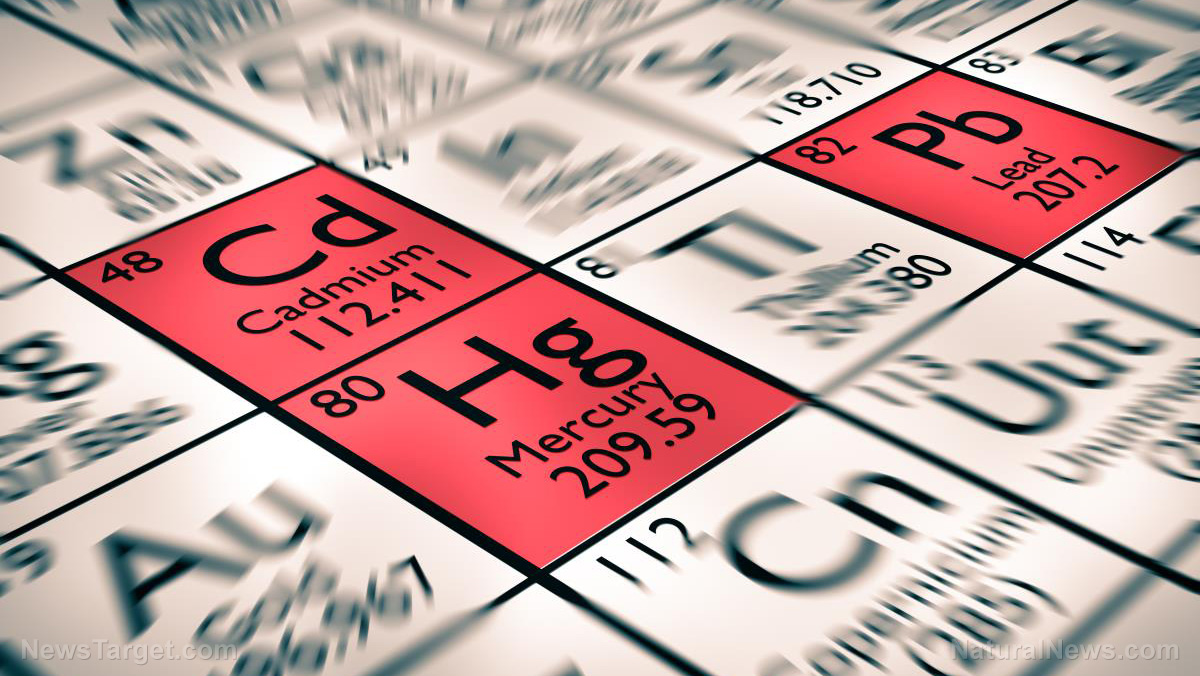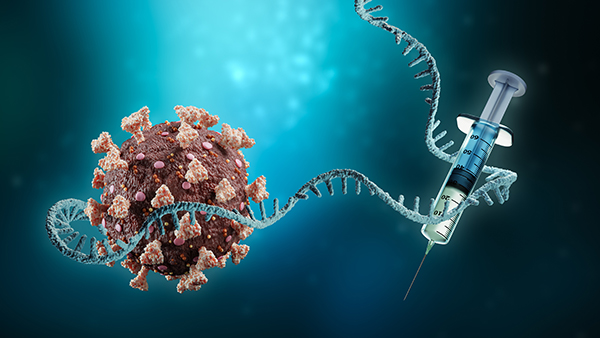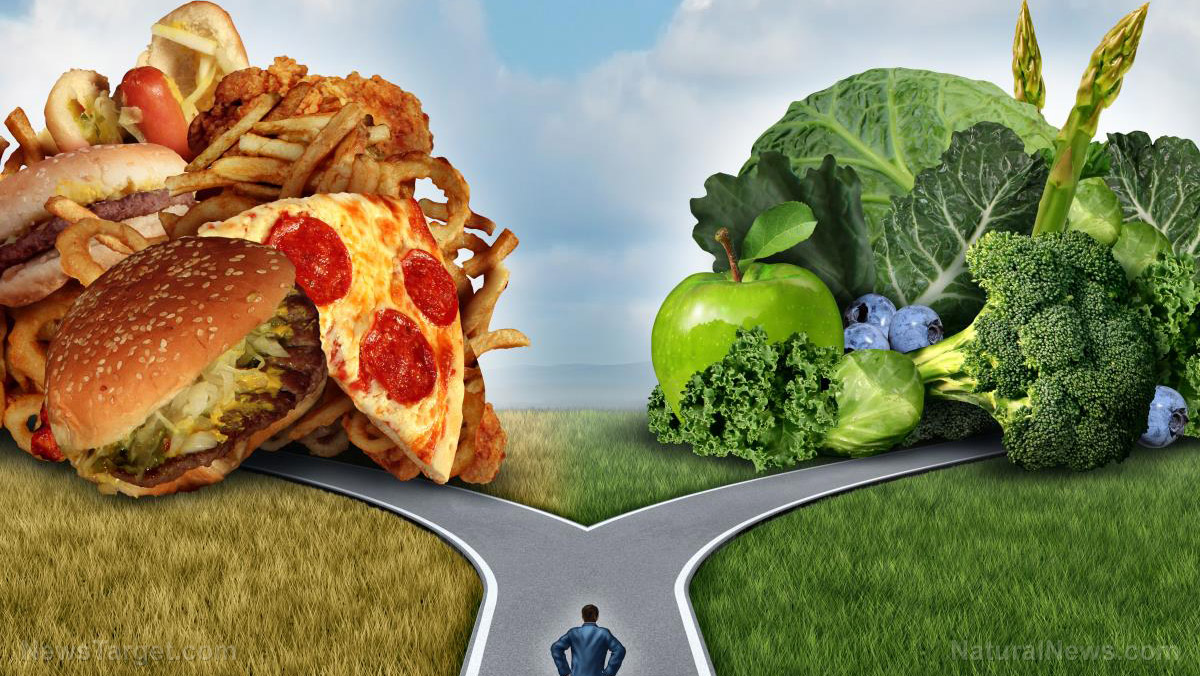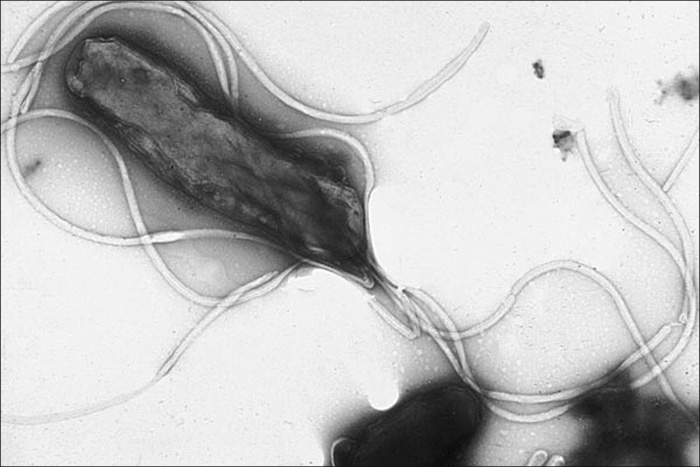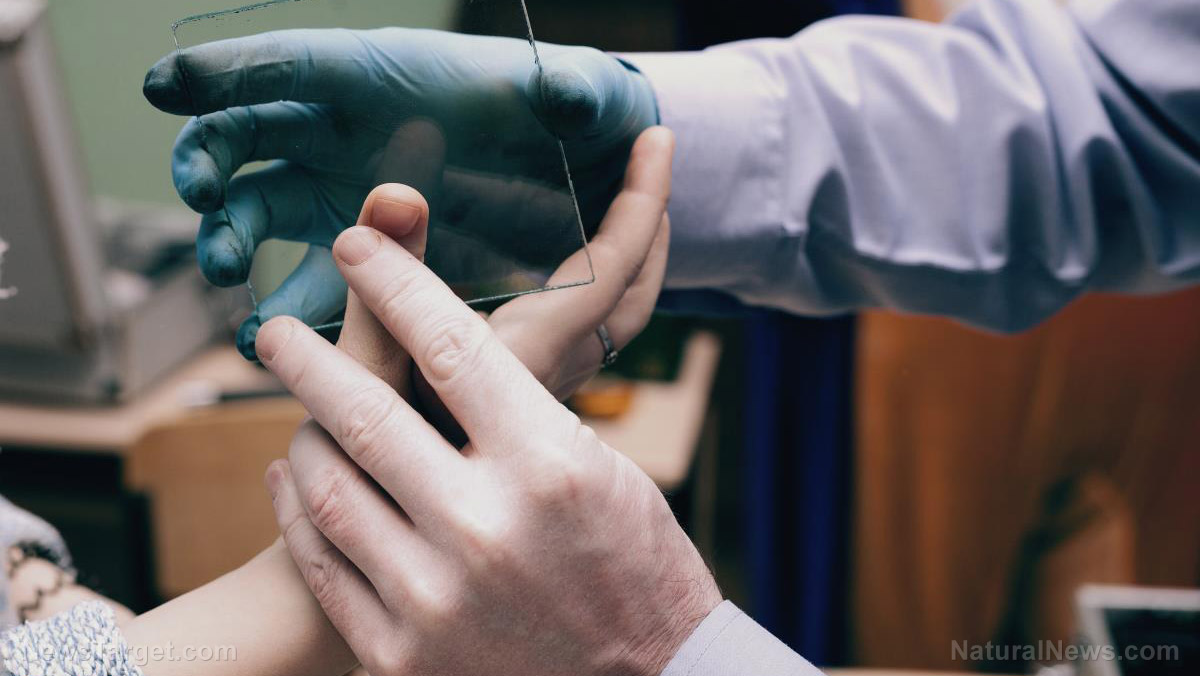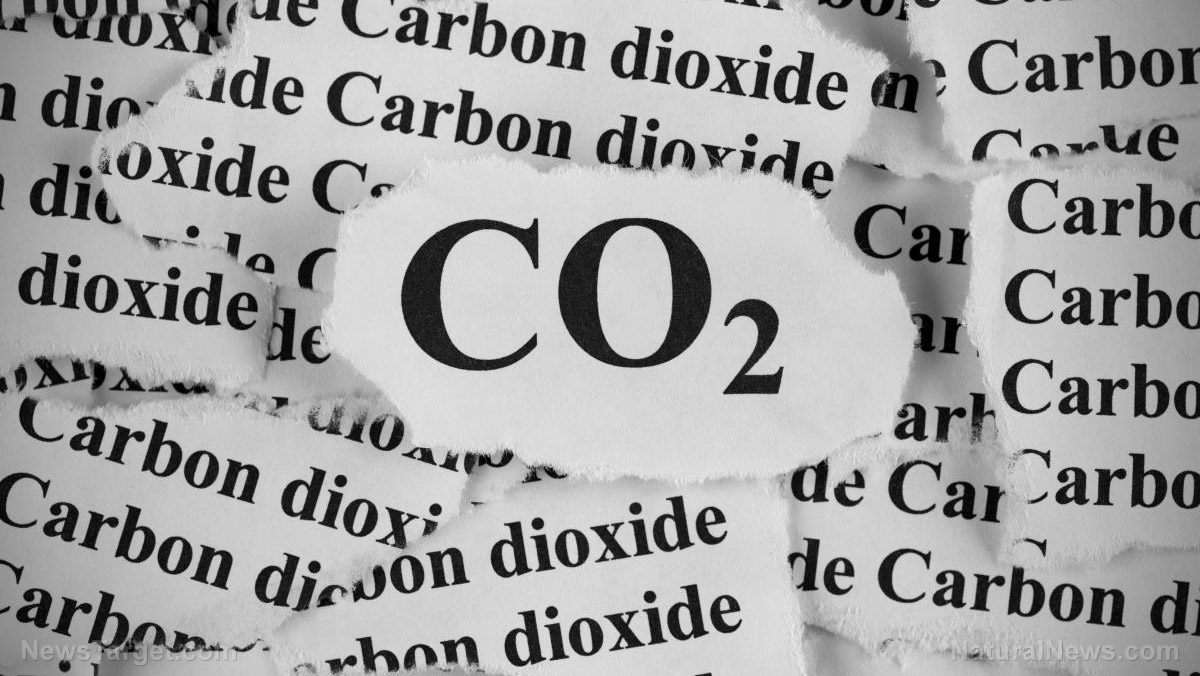China’s sodium-ion battery breakthrough could end the EV industry’s biggest problems
09/17/2025 / By Willow Tohi
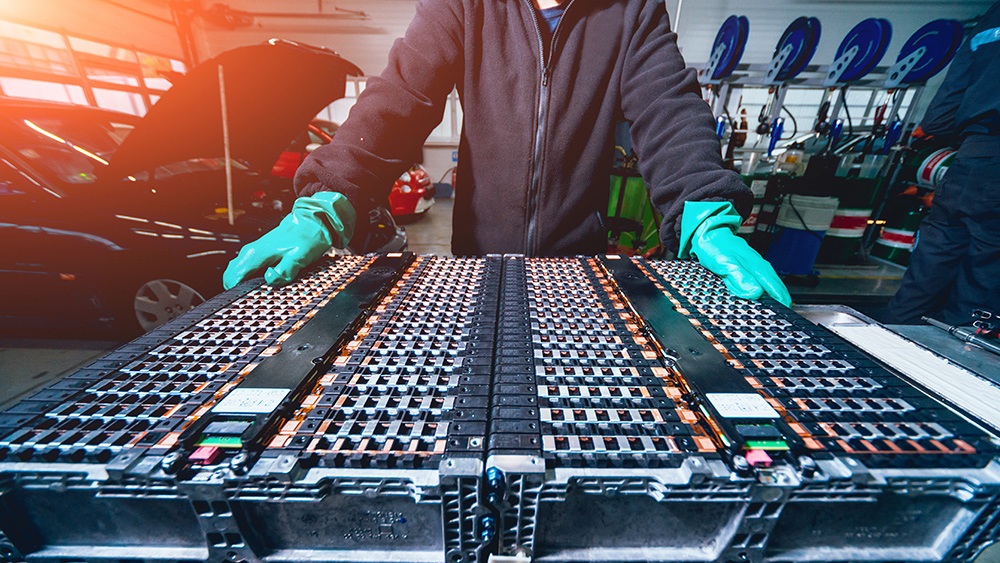
- Breakthrough Tech: CATL unveils Naxtra, a sodium-ion EV battery with half the cost, five times the lifespan, and superior safety compared to lithium-ion.
- Game-Changing Features: Lasts up to 3.6 million miles, resists extreme weather, supports 3-minute swaps, and can be repurposed for household energy.
- Sustainability Edge: Eliminates reliance on lithium and cobalt, reducing conflict mineral use and environmental hazards.
- Global Race: China leads in next-gen batteries, with rivals developing 660 Wh/kg lithium batteries and self-charging tech.
- Industry Shift: Signals the decline of traditional charging infrastructure, paving the way for faster, safer, and more durable EV energy solutions.
FOSHAN, China — In a move set to disrupt the global electric vehicle (EV) market, Contemporary Amperex Technology Co. Limited (CATL), the world’s largest EV battery manufacturer, has unveiled Naxtra, a sodium-ion battery that promises to slash costs, extend lifespans and eliminate key supply-chain vulnerabilities. The breakthrough, announced this month, could render traditional lithium-ion batteries obsolete — offering half the price, five times the durability, and unmatched safety in extreme conditions.
The Naxtra battery has already cleared fire-safety regulations in Asia and Europe, with experts projecting it could last up to 3.6 million miles — effectively a lifetime solution for most drivers. Unlike lithium-ion batteries, which rely on conflict-prone minerals like cobalt and lithium, sodium-ion batteries use abundant, low-cost sodium, reducing geopolitical risks and environmental harm. The innovation also supports three-minute battery swaps, a feature that could make charging stations as quick as gas pumps.
This isn’t just an incremental improvement — it’s a paradigm shift in how we power vehicles.
Why Sodium-Ion? The Science Behind the Breakthrough
For decades, lithium-ion batteries have dominated the EV market, but their limitations are becoming glaringly obvious:
- Supply-chain instability (lithium and cobalt are often mined in conflict zones)
- Safety risks (lithium batteries can overheat and catch fire)
- High costs (lithium prices have surged by 500% since 2020)
- Environmental concerns (mining and disposal create significant pollution)
Sodium-ion batteries solve these problems. Sodium is 1,000 times more abundant than lithium, making it cheaper and easier to source. The new Naxtra battery also resists thermal runaway — a major fire hazard in lithium batteries — and maintains performance in subzero temperatures, a critical advantage for northern climates.
“This is the first battery that can truly claim to be a ‘lifetime’ product,” said Dr. Wu Kai, CATL’s chief scientist, in a statement. “With sodium-ion, we’re not just improving EVs — we’re redefining what’s possible.”
The End of Charging Anxiety? Swappable, Self-Sustaining Power
One of Naxtra’s most revolutionary features is its battery-swapping capability. Instead of waiting 30+ minutes at a charging station, drivers can now swap a depleted battery for a fully charged one in under three minutes—faster than filling a gas tank.
This system is already being tested in China’s EV hubs, where CATL has partnered with NIO and other automakers to build swap stations. If adopted globally, it could eliminate “range anxiety”—the fear of running out of power—altogether.
But the innovation doesn’t stop there. Once an EV battery reaches the end of its decades-long lifespan, it can be repurposed for home energy storage, extending its utility and reducing e-waste. This circular economy approach aligns with growing consumer demand for sustainable tech.
A Global Race: Who’s Next?
CATL isn’t the only player in this high-stakes game. China’s battery sector is racing ahead, with competitors like BYD and Gotion High-Tech developing their own next-gen solutions:
- 660 Wh/kg lithium batteries (enabling 400+ mile ranges on a single charge)
- Self-charging batteries (harvesting energy from motion and sunlight)
- Solid-state batteries (even safer and more energy-dense)
Meanwhile, Western automakers—including Tesla, Ford, and Volkswagen—are watching closely. If sodium-ion batteries prove scalable, they could disrupt the entire EV supply chain, forcing legacy manufacturers to adapt or risk obsolescence.
“The writing is on the wall,” said Mark Ellis, an EV industry analyst at BloombergNEF. “Companies that don’t invest in sodium-ion or alternative chemistries now will be playing catch-up in five years.”
The Bigger Picture: Energy Independence and Geopolitical Shifts
Beyond EVs, sodium-ion batteries could reshape global energy dynamics. With no reliance on lithium or cobalt, countries like China, the U.S., and Europe could reduce dependence on Africa and South America — regions where mining conflicts and supply chain disruptions are common.
This shift also aligns with China’s long-term strategy to dominate clean energy tech. By controlling the battery supply chain, Beijing could set global standards for EVs, grid storage, and even military applications.
“This isn’t just about cars — it’s about who controls the future of energy,” said Li Shuo, a policy advisor at Greenpeace East Asia. “Sodium-ion batteries could be the key to true energy independence.”
The Road Ahead: Will Sodium-Ion Become the New Standard?
The Naxtra battery is set for mass production in 2026, with initial rollouts in Asia and Europe. If adoption accelerates, we could see:
- Cheaper EVs (lower battery costs = more affordable cars)
- Faster “refueling” (swap stations replacing charging networks)
- Greener mining (less lithium/cobalt extraction)
- Longer-lasting vehicles (batteries that outlive the car itself)
Yet challenges remain. Infrastructure — like swap stations and recycling facilities — must scale rapidly. And Western automakers may resist adopting Chinese-made tech due to geopolitical tensions.
But one thing is clear: The lithium-ion era is ending. Sodium-ion batteries are here — and they’re poised to rewrite the rules of the road.
A Turning Point for EVs — and the Planet
The unveiling of Naxtra isn’t just a product launch — it’s a watershed moment for the auto industry. For the first time, we have a battery that is cheaper, safer, and more sustainable than anything before it.
If sodium-ion tech delivers on its promises, it could accelerate the world’s transition to EVs, reduce reliance on conflict minerals, and even democratize energy access in developing nations. The question now is simple: Who will lead the charge — and who will be left behind?
One thing is certain — the future of driving will never be the same.
Sources for this article include:
Submit a correction >>
Tagged Under:
breakthrough, China, cool science, discoveries, electricity, energy supply, environ, EV, flying cars, fuel supply, future science, future tech, game changer, Glitch, inventions, power, repurpose, research, robocars, supply chain, transportation
This article may contain statements that reflect the opinion of the author

